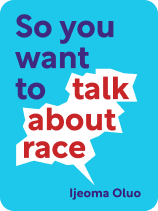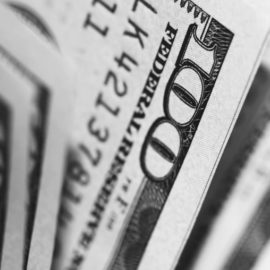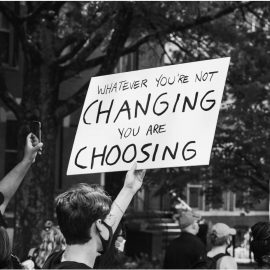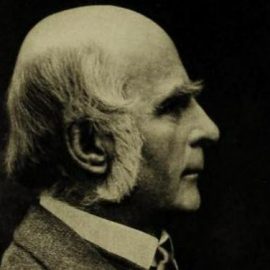

This article is an excerpt from the Shortform book guide to "So You Want to Talk About Race" by Ijeoma Oluo. Shortform has the world's best summaries and analyses of books you should be reading.
Like this article? Sign up for a free trial here .
What is the definition of model minority? Why is the model minority stereotype harmful?
The definition of the model minority is contained in the phrase itself: a minority demographic that is deemed to be a model or a reference group that outgroups should aspire to. At first glance, the model minority stereotype may seem innocuous, even positive, but it can have serious negative consequences for the demographic group in question.
Keep reading for the definition of model minority.
What Is the Definition of a Model Minority?
The phrase “model minority” was first used by sociologist William Petersen. Petersen was describing his research on Japanese Americans and how they had become financially and academically successful within a short period of time after migration. He praised this group for their work ethic, talent in math and science, strict parenting, social docility, and conformity, explicitly contrasting them with other “problem minorities.”
With waves of migration from different parts of Asia over the last fifty years, the Asian American population has become far more diverse, but the model minority myth persists.
Why Is the Model Minority Myth Harmful?
Now, that we’ve got the definition covered, the next question to ask is: why is the model minority myth harmful? What harm can a positive stereotype cause? And isn’t there some truth to it, anyway?
Positive stereotypes can cause harm. Remember that this stereotype wasn’t created to praise aspects of Asian culture. It was created to talk about the “success” of one group in integrating into White Supremacist society, in explicit contrast to other minorities that had failed.
In an economic sense, there’s a small amount of truth to the stereotype, though it masks a great deal of difference. Taken as a group, Asian Americans do have the highest salaries, highest college graduation rates, and lowest rates of imprisonment of all racial minorities. But trying to live up to a stereotype of academic and social perfection can put enormous pressure on Asian American kids. And besides, lumping all Asian American communities together disguises profound differences in outcomes depending on a person’s country of origin.
The myth renders invisible those who don’t conform exactly to the stereotype. For example, Asian Americans who choose humanities rather than science, or who seek political office, commonly run into barriers.
The model minority myth can have serious effects on the health and safety of Asian Americans. The stereotype of docility and compliance is particularly strong for Asian American women, with their partners tending to project it onto them with damaging results. Asian American women are twice as likely as the national average to suffer physical or sexual abuse at the hands of their partners, and experience higher rates of depression than the general population. But they’re largely overlooked in mental health and domestic violence awareness initiatives.

———End of Preview———
Like what you just read? Read the rest of the world's best book summary and analysis of Ijeoma Oluo's "So You Want to Talk About Race" at Shortform .
Here's what you'll find in our full So You Want to Talk About Race summary :
- How to have an intelligent, empathetic conversation about race
- Why people are afraid to talk about race
- Where racism came from and what fuels it






